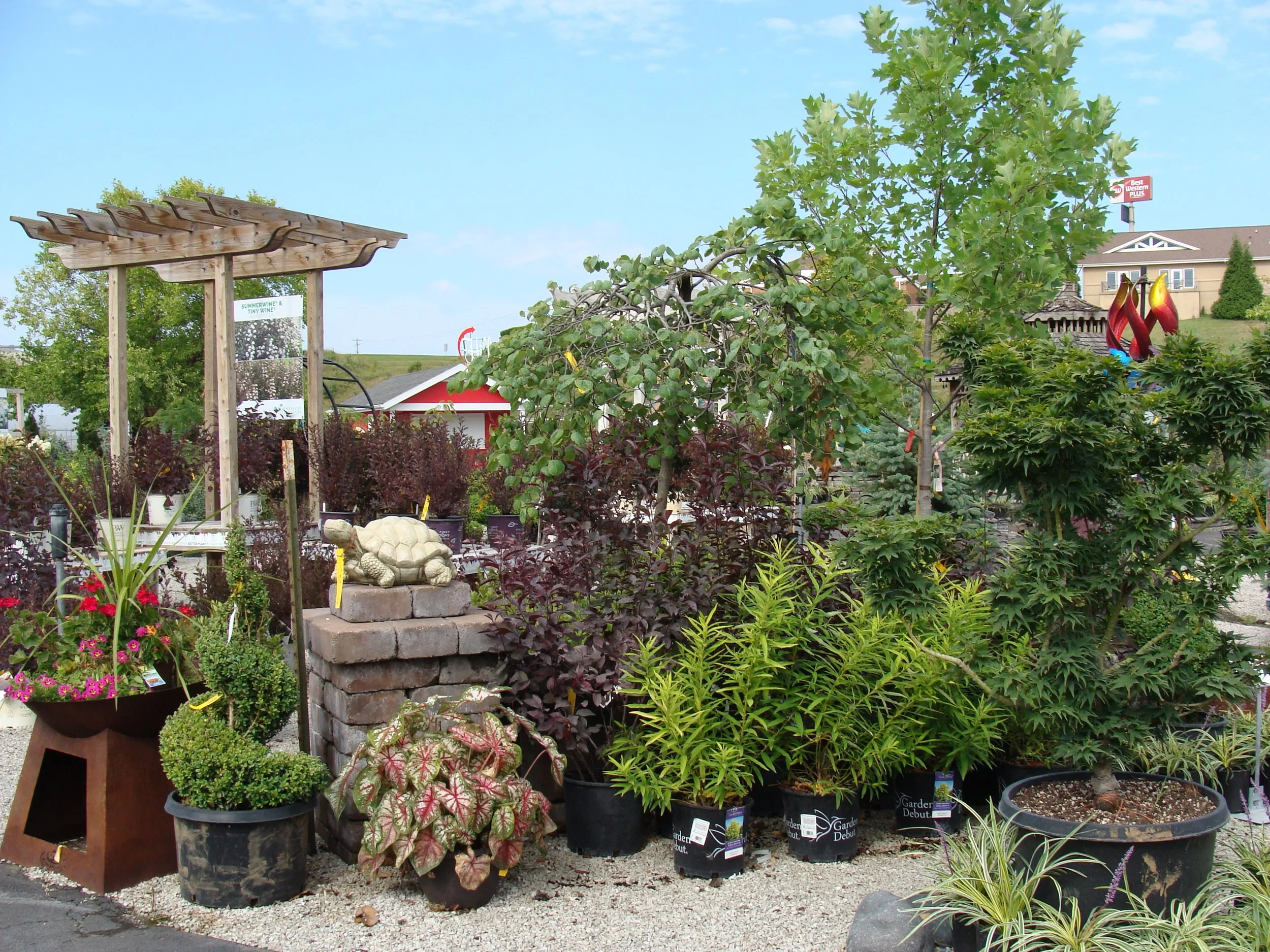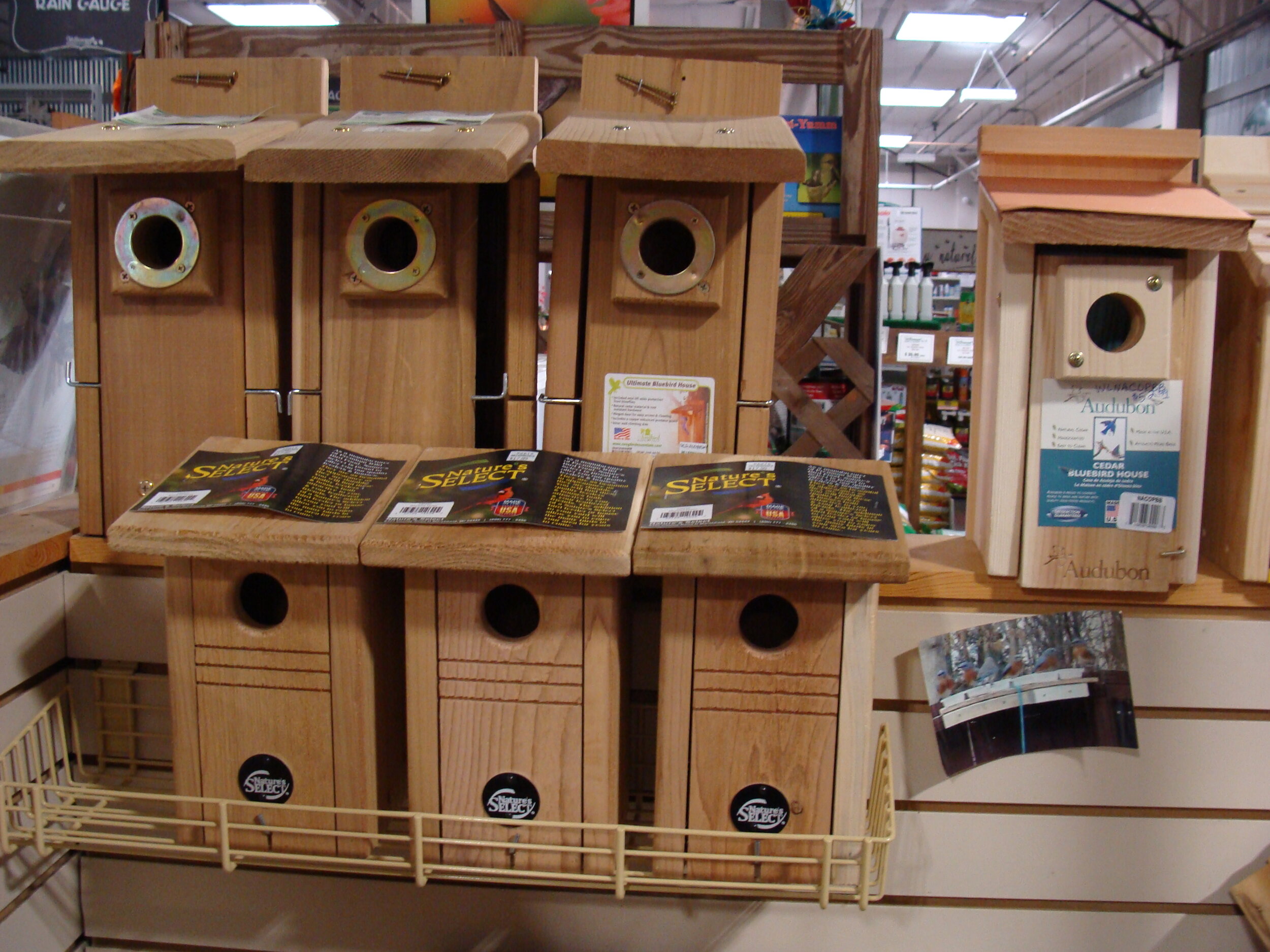March welcomes ‘Spring’, and it will be met with open arms this year!! This is the month to open the gardens and get things in shape for the new growing season, which means there is plenty that can be done. To name a few; mowing time is upon us; have you sharpened those mower blades?
To keep that lawn looking fantastic, it is time to add Fertilizer with Crabgrass Prevention. If you feel you need to over-seed the lawn, check with the professionals on proper steps for spring treatments.
Clean up those perennial beds and cut down all Liriope and Ornamental Grasses to about 3-5” above the ground. Once this has been done, it is time to re-mulch your shrub and flower beds. Top-dress these areas with a slow-release fertilizer as well, such as Osmocote. Top dressing beds with organic compost is beneficial as well.
Nesting boxes for Bluebirds and Purple Martin houses should be put out early this month. Purple Martins return to our area between St. Patrick’s Day and the end of the month. So now is the time to be prepared. Bluebirds generally stay around all year, but new babies will be coming along soon. Sign up for our weekly, educational newsletter at www.hillermann.com to learn about tips and articles of these great birds.
Are you considering doing some vegetable gardening this year? Well, there is no better time than now to start those preparations. You can start seed in the house for plants such as tomatoes, peppers, and eggplants. Plant or sow seed for cool weather crops outside this month. Set out broccoli, cabbage, Brussels sprouts, cauliflower, and pansy transplants now. This month is also good to set out fruiting plants. It is likely we will continue see an influx of home gardening this year. It can be done in containers on the patio, as square foot gardens, or large plot gardening. There is nothing better than a home-grown tomato!!
It is truly an exciting time of year to “wake up” the senses. Trees are beginning to set buds, and wildlife is getting ready to multiply. Enjoy every day, as everyday will continue to change.
Now it is time to go, so we will “See you in the garden!”
Sandi Hillermann McDonald



























































